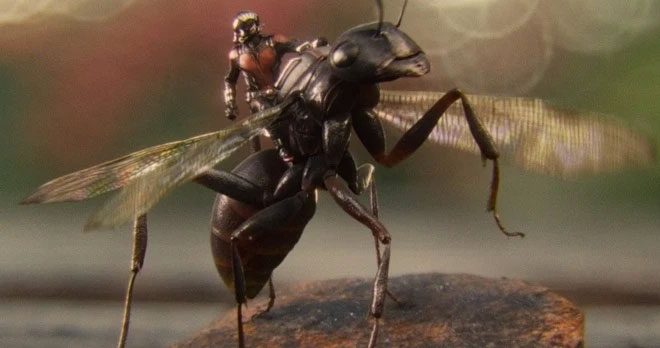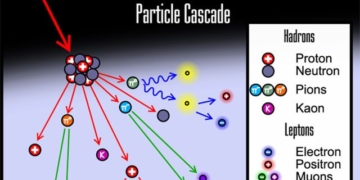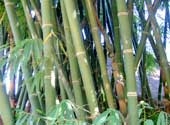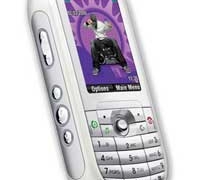By viewing ant colonies as an intelligent system composed of individual members following simple rules, Belgian scientist Jean-Louis Deneubourg has been able to simulate them using algorithms.
The process of using robots to simulate the world of insects continues to expand step by step. A few years ago, researcher Simon Garnier created robotic ants that could follow electronic scent trails. These trails were generated by a series of projectors mounted above, which automatically tracked the movements of each robo-ant; meanwhile, light sensors installed in the “heads” of each robot allowed them to follow the glowing paths of their peers.

The ants in the movie Ant-man also move according to a news system. (Photo: Marvel).
Essentially, by adhering to two simple principles – wandering around until they find a “trail” or “food,” and following the strongest trail they discover – the robo-ants eventually found the shortest path through a maze.
This shift towards studying ant colonies as entities that follow rules mechanically coincides with the increasing awareness that an ant colony can operate as a single organizational system, much like a computer is a collection of individual circuits. This idea was famously demonstrated by Belgian researcher Jean-Louis Deneubourg in the 1970s.
One of his most well-known experiments involved using two different bridges to connect an Argentine ant colony to a food source. The two bridges were identical in every respect, except that one was twice as long as the other. Initially, the ants chose between the two bridges randomly, but over time, the vast majority of the ants opted for the shorter bridge, simply because the scent trail accumulated there more quickly.
The ant system has a remarkable ability to self-adjust – the shorter the path, the fresher the scent trail, attracting a larger number of ants. The key point here: Each individual ant may be simple-minded, but they possess what Deneubourg refers to as “collective intelligence” at a high level.
By viewing ant colonies as intelligent systems composed of individuals following simple rules, Deneubourg made another significant advancement: he discovered that he could describe their movements using mathematical formulas, which could then be used to create computer models.
Ant colony algorithms – which initially explore numerous routes, then enhance the best paths while diminishing others – have since been used to improve telecommunications networks in the UK, design more efficient freight transport routes, organize financial data, distribute supplies better in disaster relief operations, and plan tasks in factories.
Scientists have chosen ants as models for their algorithms because ants constantly adjust their designs and explore new methods; they not only find the most efficient solutions but also have contingency plans in place.




















































